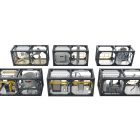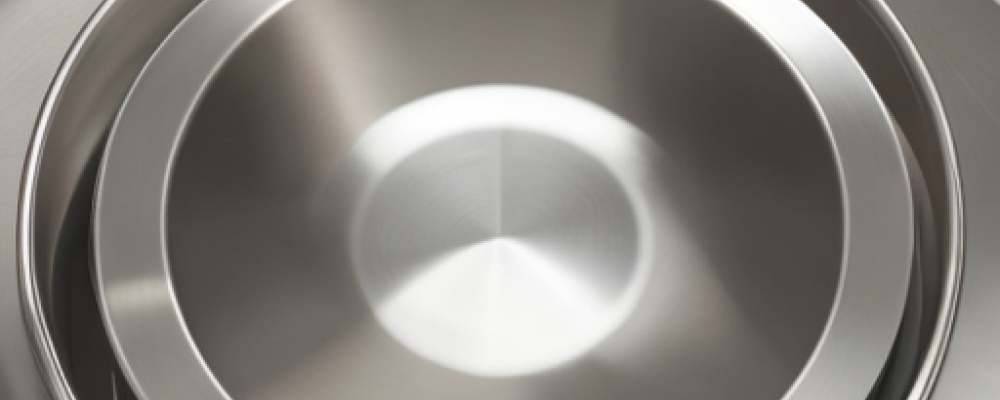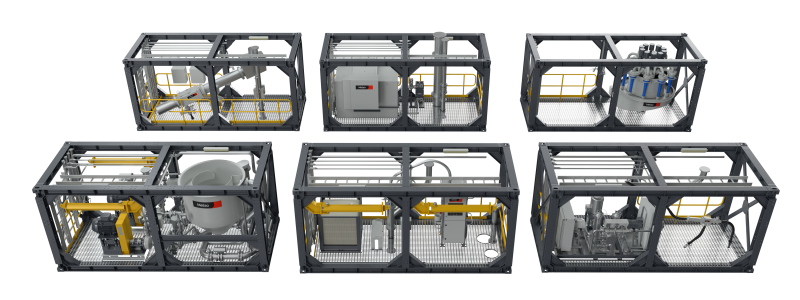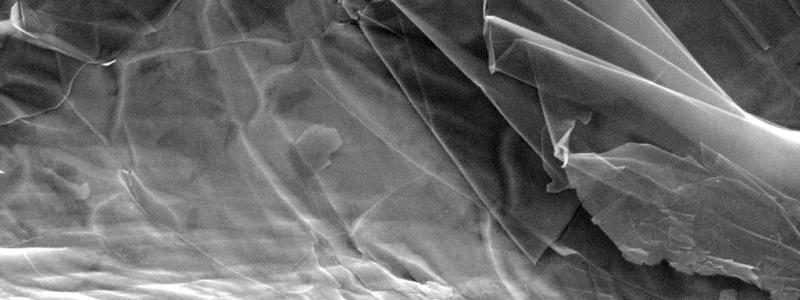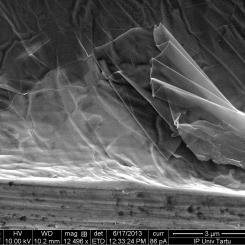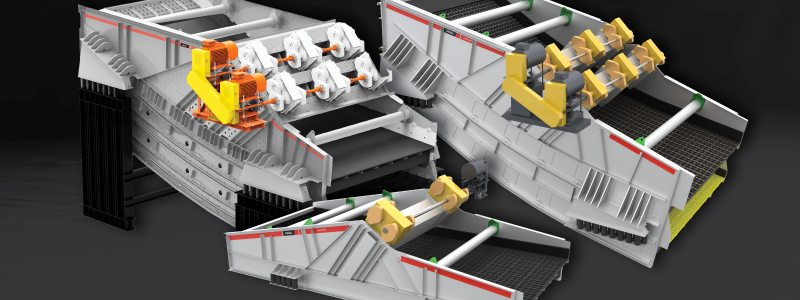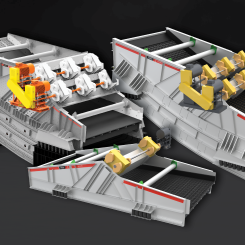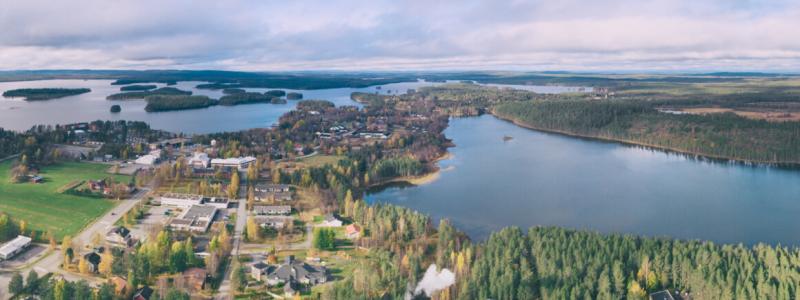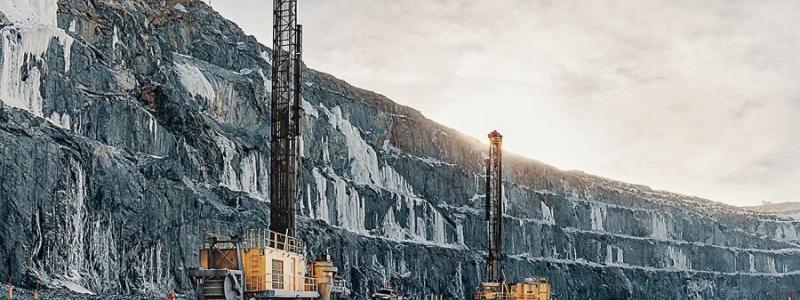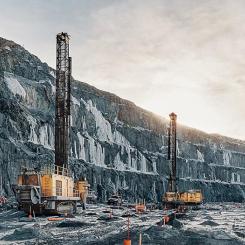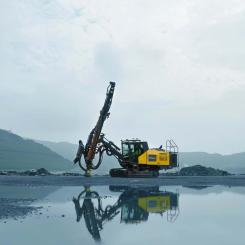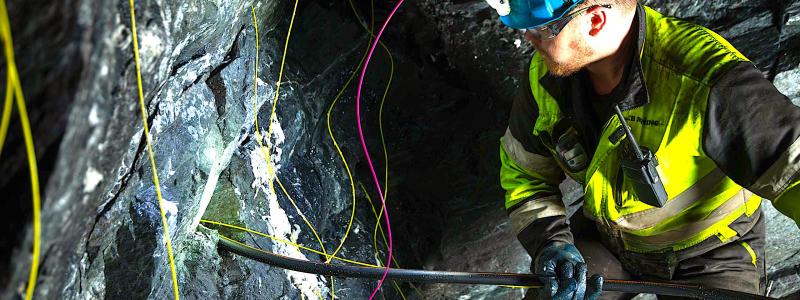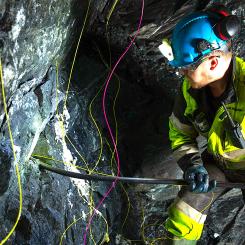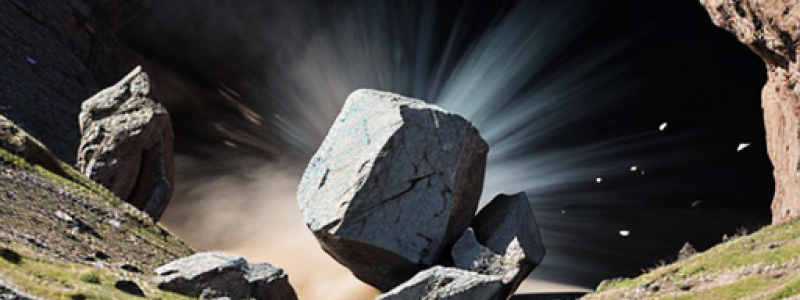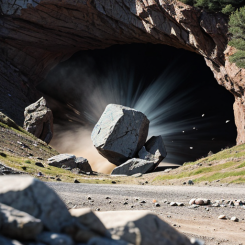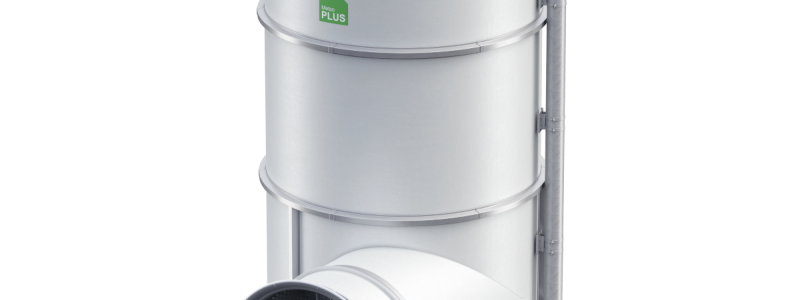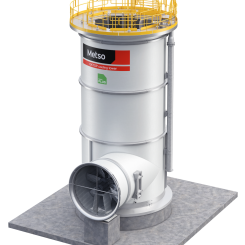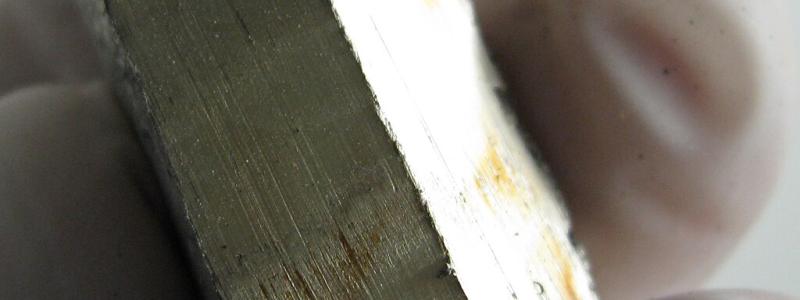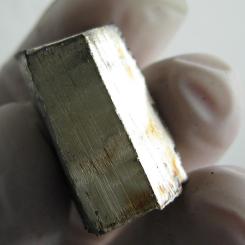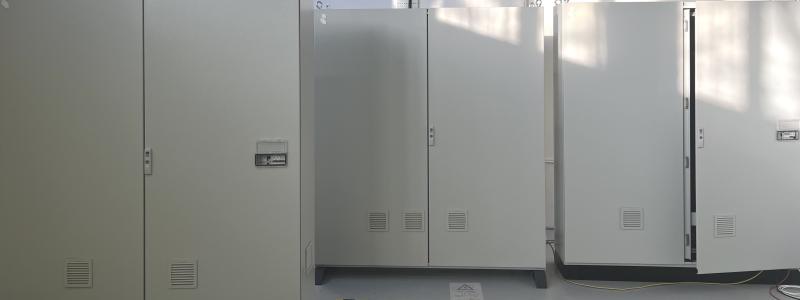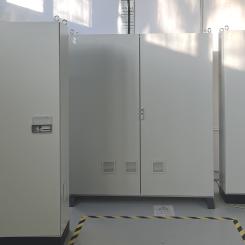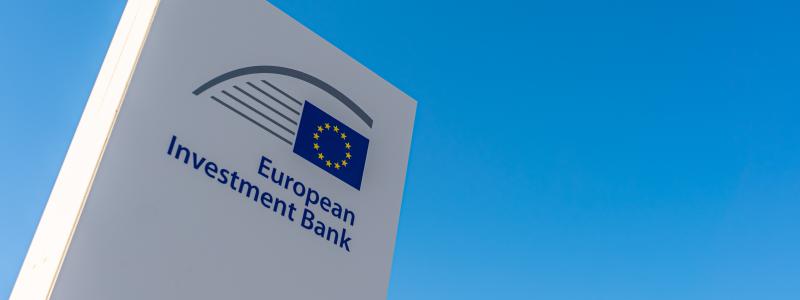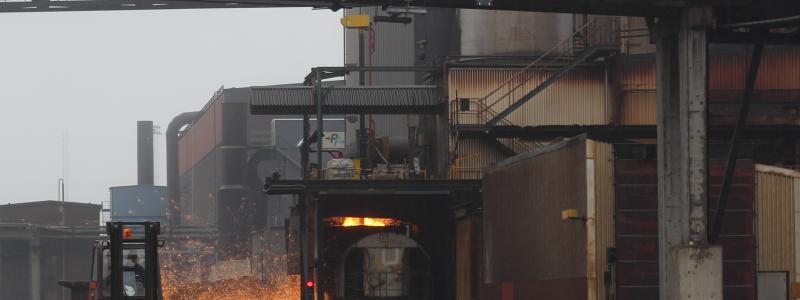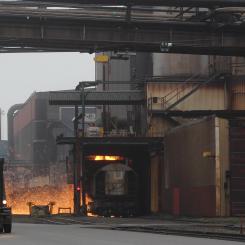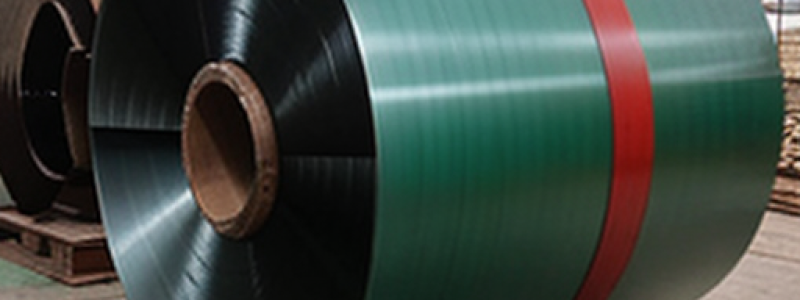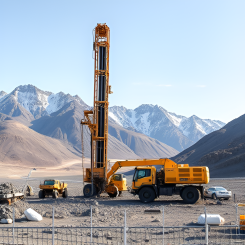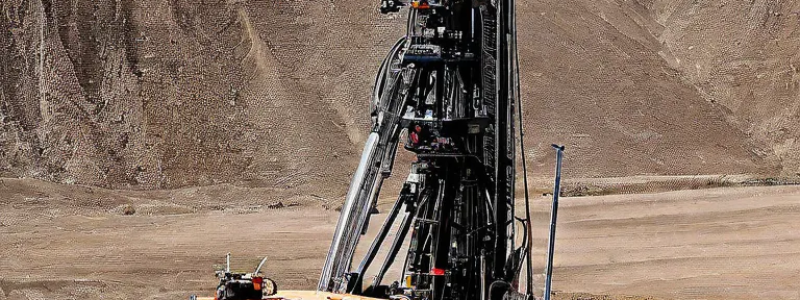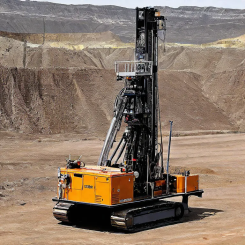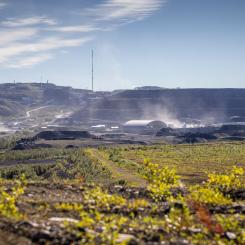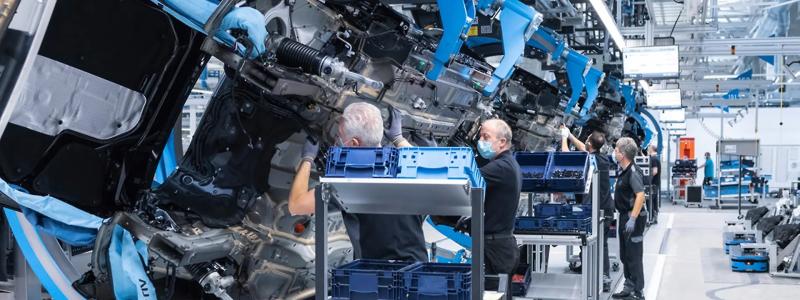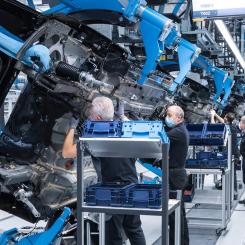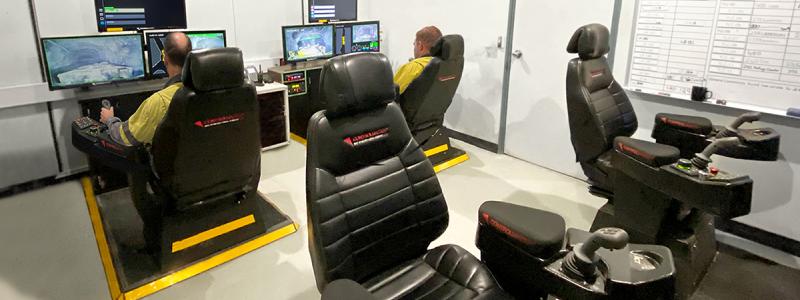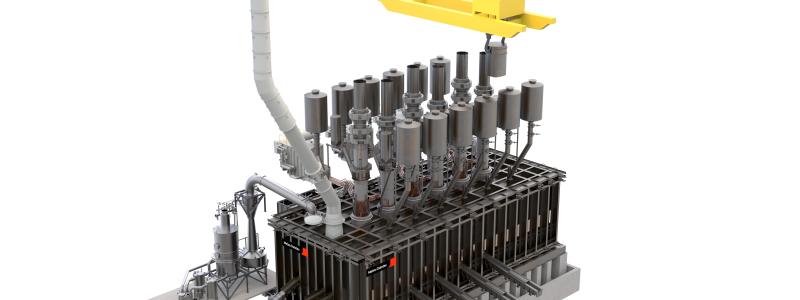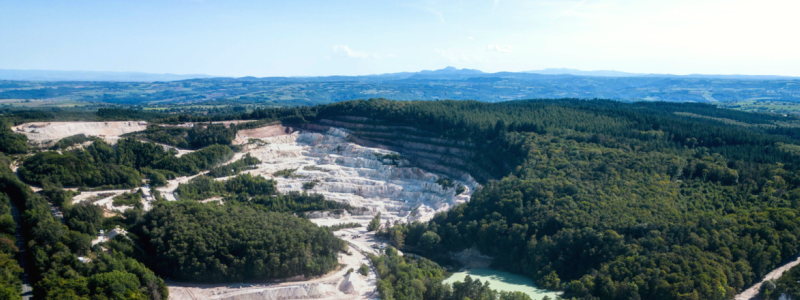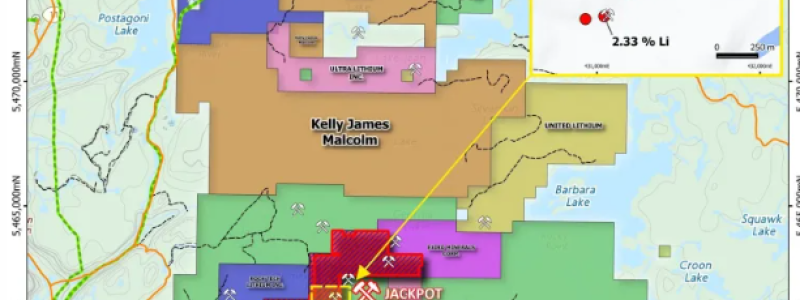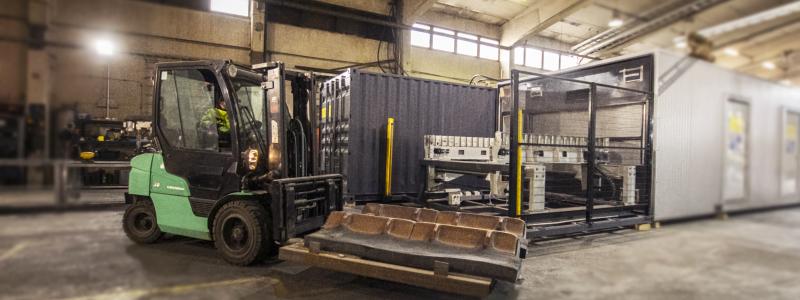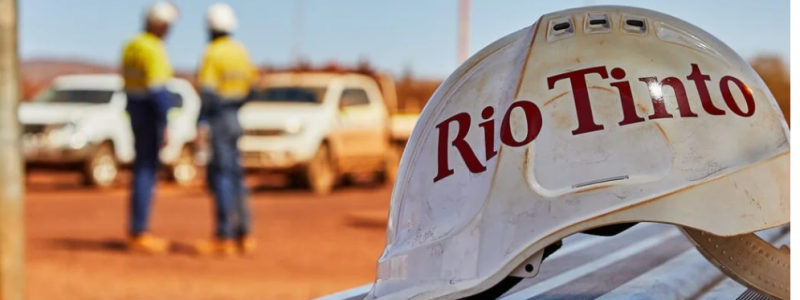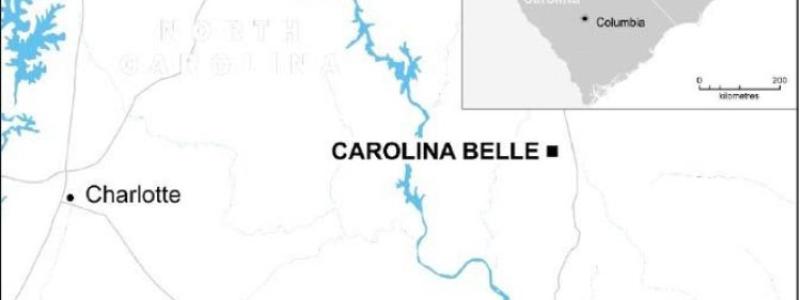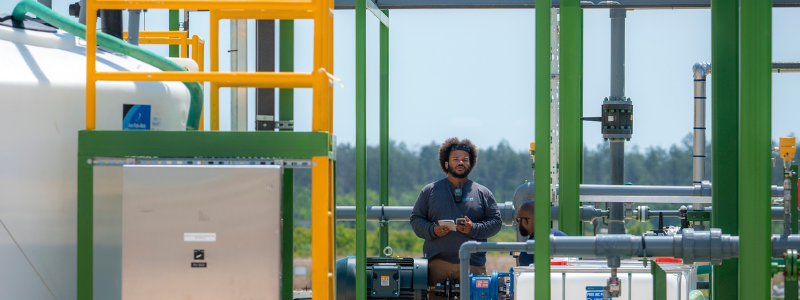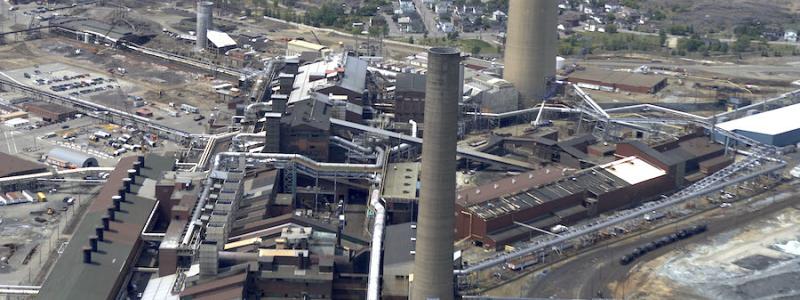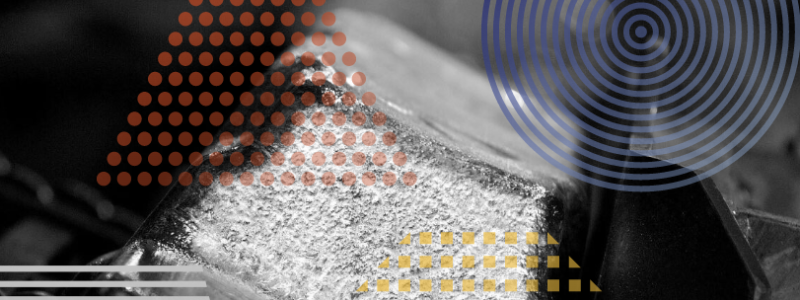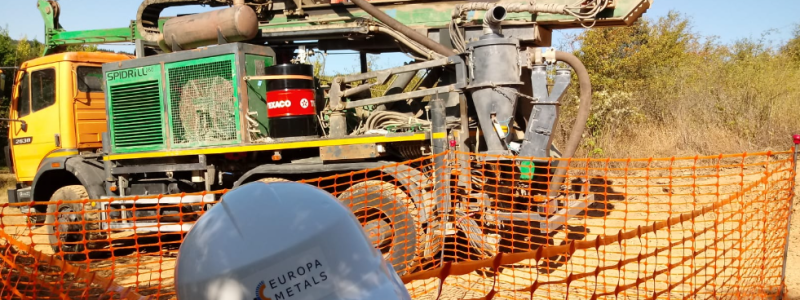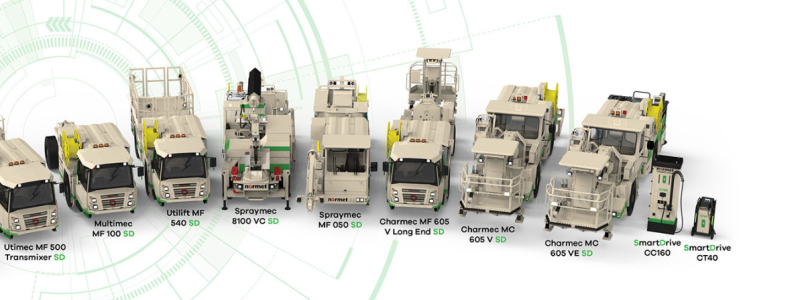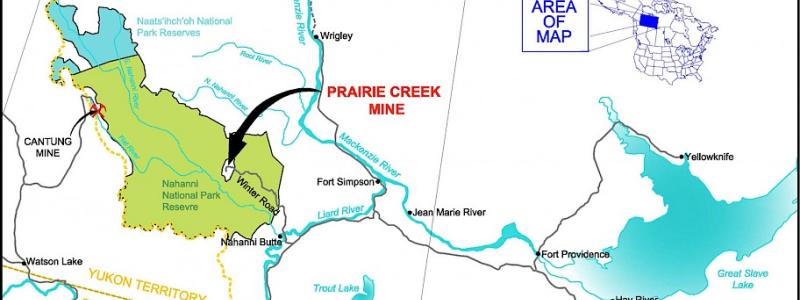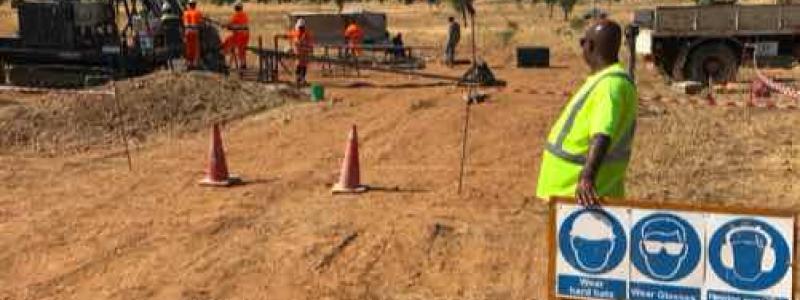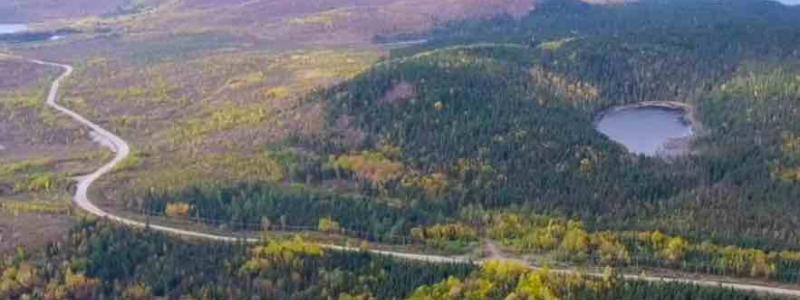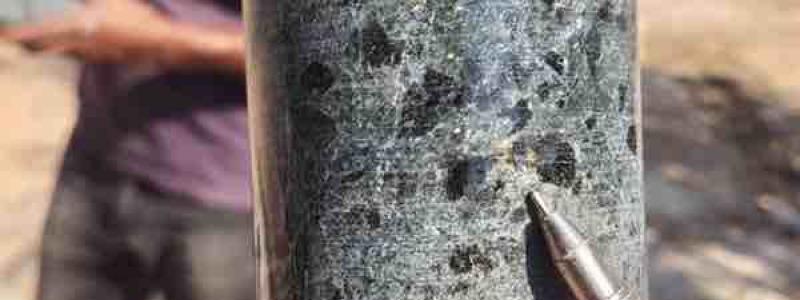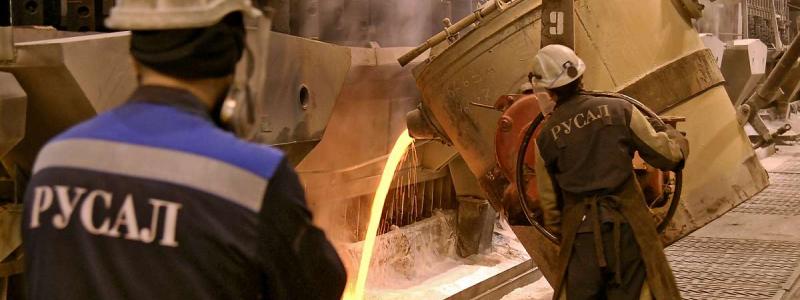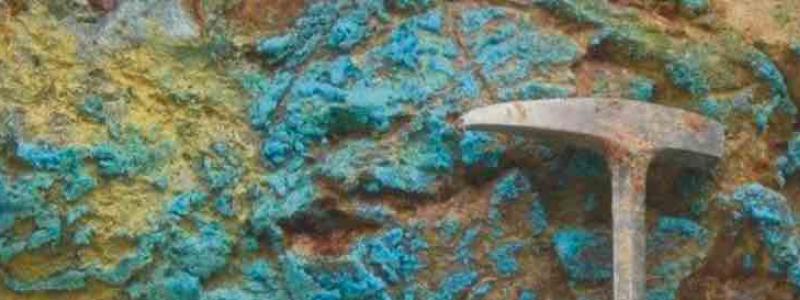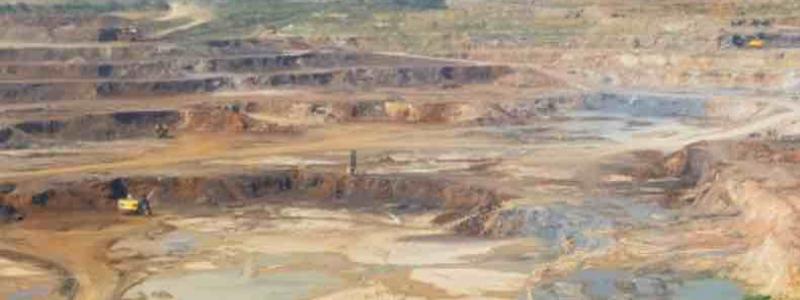Several presentations at the Mines and Technology conference in London, which touched the issue of the using of drones in the mining industry, show that the so-called "digital mine" is no longer a future dream.
Digital solutions already form a constituent part of the Australian mining landscape and constitute an important technological chain in the extractive industry.
The mines and management there have undergone greater changes over the last 10 years than in the past 100 years.
Concepts such as real-time data collection, automation and autonomous vehicles, portable technology and digital tv are part of the 21st century mining and METS dictionary.
The development of the digital mine in Australia is led by the well-established mining companies, known as the major multinational companies that are inclined to work in bulk goods such as coal and iron ore.
Rio Tinto lowered the company's costs when its iron ore management was adapted to an autonomous model, and BHP Billiton followed and introduced driverless trucks on some of its mining sites.
Mine trains that can be made for a kilometer long are conducted autonomously today from a special center in Perth, Western Australia, and driverless trucks are now common in the iron ore industry in Pilbara, Northwest Australia.
A digital mine is a traditional mine that uses digital technology, including autonomous trucks and trains and drones to extract greater value from existing assets.
Drones are increasingly used in many industries, but the Israeli company Airobotics is the first to introduce fully autonomous drones to the Australian mining industry.
Airobotics has collaborated with Australian company South32 to test the drones at the Worsley Alumina project in southwestern Australia.
Joseph Urli, director of companys airline operations in Australia, stated that the task of the drones is to remove the "3 Ds" from the miners' work life, namely the terms Danger, Dull and Dirty.
- Instead of sending people on dangerous inspections, or getting them to carry out a risky mission, the drones can do all of this. This reduces people's vulnerability at different risks, said Urli.
Airobotics also works with the Aviation Safety Agency CASA in developing rules for the use of autonomous drones.
- Australia became a world leader in regulating drones. The country issued its first set of rules in 2002, Urli noted.
Since then, other civil aviation authorities around the world have introduced regulations in this area.
- At the Olympic Dam mine in southern Australia, our maintenance team uses drones to help inspect cranes, towers and roofs of tall buildings, instead of sending people there, told production manager Frans Knox from BMA Mining.
- We are also becoming more productive. We have tested drones equipped with military cameras to provide real-time aerial photos and 3D maps about our workplaces. The approach is much cheaper than using exploration airplanes, and the savings on our project areas in Queensland alone are estimated to be $ 5 million a year, Knox explained.
- With the help of the drones, we now gather much more information about our workplaces than ever before. We can quickly and accurately measure our inventory, review the compliance compared with the central mining plan and understand where we need to make changes to improve safety or increase productivity, said Frans Knox.
The information, referred to as "big data", can also come from technologies integrated into areas such as planning, control and decision making with the ultimate goal of extracting greater value at lower cost while ensuring health and safety for miners.





